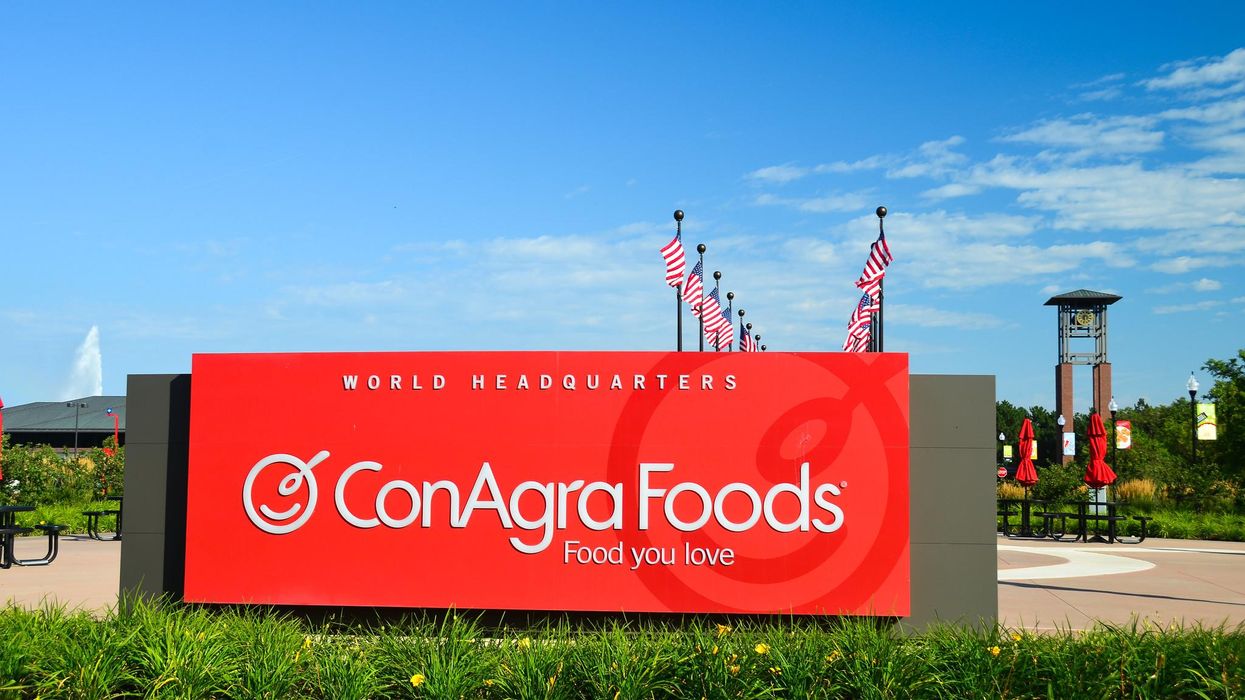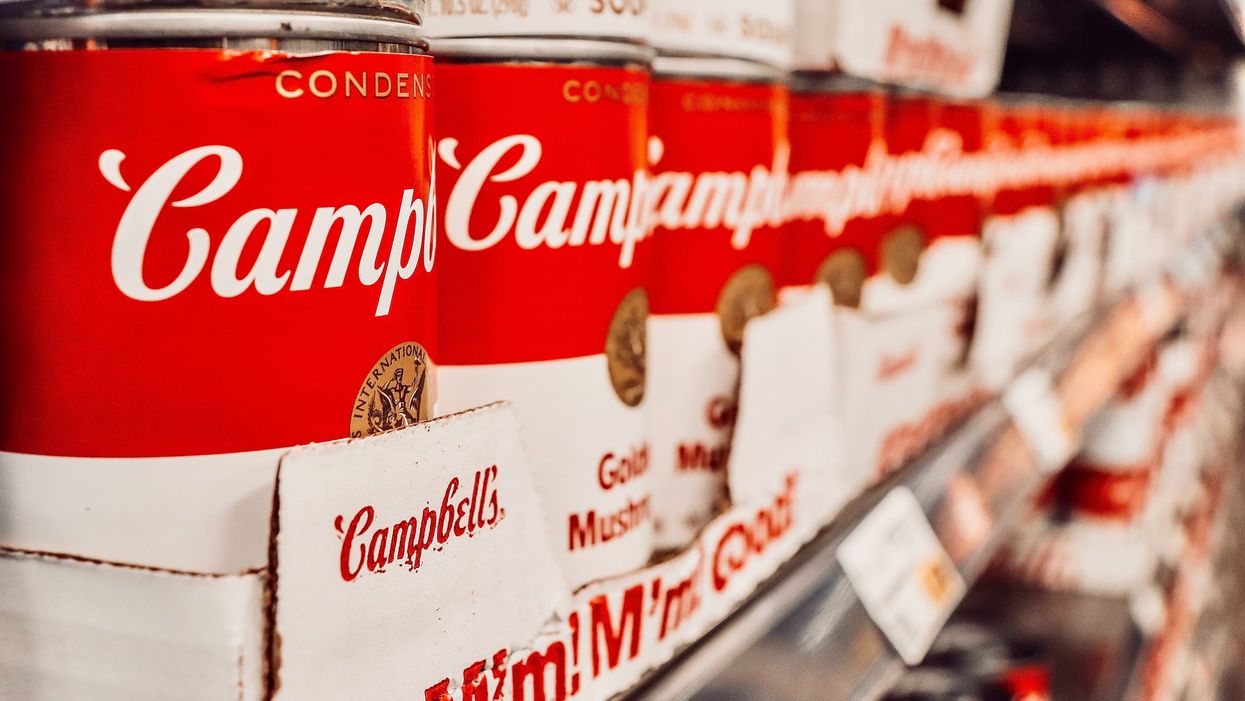For the last couple of years, few words have been repeated more than “economic uncertainty." So when leaders describe how things are going to according to plan, it stands out.
On Conagra’s Q2 2023 earnings call on Thursday, executives outlined how preparedness enabled them to deliver organic net sales growth of 8.6%, margin gains and raise the outlook for the full year. In the process, they offered a primer on important aspects of shifts in consumer behavior in the process.
CEO Sean Connolly used words like “predictable” and “mechanical” to describe the effects of inflation on the business that oversees a large portfolio of brands such as Slim Jim, Duncan Hines and Boom Chicka Pop.
“Everything we're seeing is very consistent directionally with....what we've expected,” Connolly told analysts.
Supercycles of inflation
Connolly was referring to the “supercycles” that inflation brings, and a CPG company’s response. In these cycles, companies see inflation in the supply chain, raise prices on products to offset their costs and monitor for changes in consumer behavior as a result of those increases, as measured by elasticity.
Connolly described the mechanics Conagra is seeing like this: “Inflation hits, you announce price to customers, 90-day clock starts ticking, then the customer's 90-day clock expires, elasticities exist, but they're, in fact, benign relative to history and consistent overall, and margins recover,” Connolly said. “And sometimes, if it's multiple waves of inflation, you rinse and repeat that whole process.”
Connolly talked about this cyclical nature as the company entered a phase of “margin recovery” at the end of the last quarter. It is seeing inflation begin to moderate, so the prices are beginning to catch up to costs. The company's adjusted gross margin of 28.2% represented a 310-basis-point increase over the second quarter of last year. The adjusted operating margin of 17% was a 237-basis-point increase over that same period.
Still, there is some anomaly about this time of high inflation.
“What's been unusual in this cycle is the sheer magnitude of the inflation supercycle,” he said. The company saw inflation earlier than most, and has gone through multiple waves of price increases.
“The sheer number of those waves is now slowing down. And that is why you're seeing the sharp recovery, and sometimes it slows down faster than you might expect, which is why the recovery might come in faster,” Connolly said. “But overall, the mechanics of it are very predictable.”
Trading down and portfolio resilience
Another closely-monitored dynamic during inflationary periods is among consumers. When prices are high, there is a chance that they will change consumer behavior, whether that is eating more at home instead of going out, or opting for smaller or store brand goods.
Connolly said Conagra’s portfolio as currently constructed isn’t as susceptible to trading down. On this topic, he again offered a clear explanation of how the economic environment filters down to the consumer.
“The first big trade-down is the trade-down from away-from-home to at-home. If you're looking at consumers over $100,000 a year income, you're still seeing they're going out to eat. But below that threshold, it's not where it was pre-pandemic,” Connolly said.
After eating at home due to health concerns in the pandemic, large numbers of younger consumers and others are still opting to stay in during inflation to save money. That’s helping to keep elasticities, which measure the threshold at which consumers will switch to a different habit, size or brand, "muted and well below historical norms," Connolly said.
“There was a trade-down into at-home eating during COVID, and that has not fully reverted to away from home because the prices away from home have gone up so high that it's a better value to continue to eat in home as people are trying to stretch their household balance sheet. And we are the beneficiary of that,” Connolly said.
Private label purchasing is starting to show signs of growth. This tends to show up in commoditized categories like cooking oil or ibuprofen.
“When the consumer knows it's a single-ingredient product and one is a lot cheaper than the other, the switching costs are lower, it's easier to make the trade down,” Connolly said. “The good news for us is we don't have a lot of those categories.”
In recent years, Conagra overhauled its portfolio. In particular, it is emphasizing snacks and frozen foods. In the process, it exited categories like peanut butter, liquid eggs and cooking oil that were more susceptible to private label switching.
“We've done a lot of reshaping of the portfolio to be more resilient for a cycle like this, and we're seeing it in the data,” Connolly said.
The economy rises and falls. Take steps during the good times to understand what happens during challenging times and prepare a business to weather any situation. It leaves you ready to respond when the dip comes.
Below, find a snapshot of Conagra's Q2 2023 earnings.

(Photo via Conagra)











